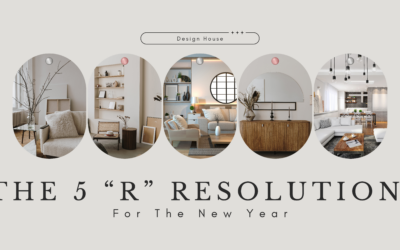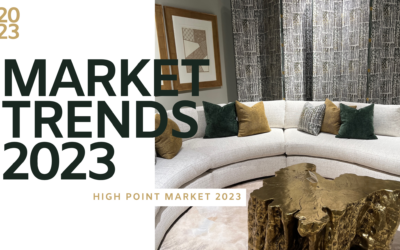The broadest definition of a natural product is anything that is produced by life. They can be extracted from tissues, cells and secretions of microorganisms, animals, and plants. The earliest records of natural products were depicted on clay tablets from Mesopotamia (2600 BC) which documented oils from Cupressus sempervirens (Cypress) and Commiphora species (myrrh) which are still used today to treat coughs, colds, and inflammation.
So, we know that today technology is just allowing us different ways to use all of nature, and it is pretty exciting, with more coming every day. We will focus on some in furnishings, and highlight a few, but could never cover all of the options.
Fiber is a huge source for wall coverings, textiles, and other furnishings, so let’s talk about some of the more unusual and current items available, rather than the obvious cotton, wool, and silk.
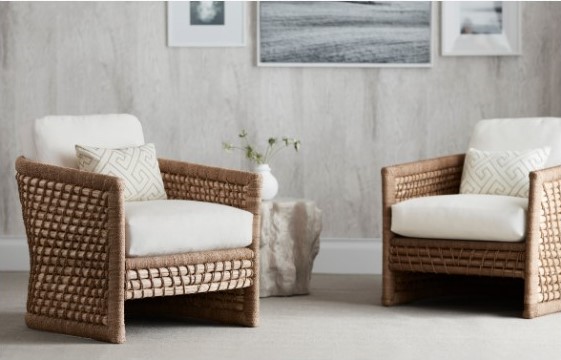
Figure 1 Seagrass chairs by Palecek. Available at Design House, Houston, TX.
Seagrass
Seagrass grows in vast green undersea meadows and has evolved into a super-grass of extraordinary strength, durability, and impermeability. It makes a great medium for furniture when bundled, twisted, or wrapped. It is both hardy and stain resistant with textural, organic beauty.
Lampakanay
Lampakanay is a cattail-like seagrass that when harvested, processed, and woven as it has been for centuries, is dried and can be twisted into a resilient rope. This can be wrapped or woven around a frame to create organic beauty to many furnishings, lighting selections and accessories.

Figure 2 Lampakanay chair from Palecek. Available at Design House, Houston, TX.

Figure 3 Sisal rug samples from Fibreworks. Available at Design House, Houston, TX.
Sisal
Sisal comes from the Mexican agave plant cultivated for fiber production and is used especially for rope, twine, or matting. It is used as fiber reinforcements for composite fiberglass, rubber, and concrete products. It adds dimensional textures and tones to wallcovering and floor coverings.
Raffia
Raffia is a natural fiber harvested from a type of palm tree. The fiber is derived from the membrane of individual frond leaves and is removed in long thin strands which can be dyed and woven into a natural textile, often applied to furniture and lighting fixtures. Tightly woven raffia adds natural texture with knots and irregularities.
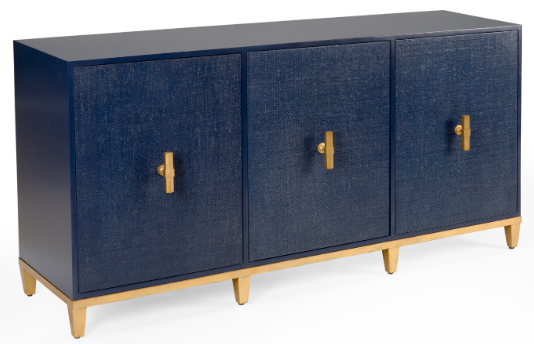
Figure 4 Navy raffia covered doors on a console from Chelsea House. Available at Design House, Houston, TX.
Bamboo
Bamboo’s fast-growing rate and durability make this a good choice for furniture and flooring. Unlike hardwood trees that take years to reach maturity, different species of bamboo can grow 30” – 40” in just a day! It is tough, durable, and resistant to pests so there is no need for harmful chemical treatments.

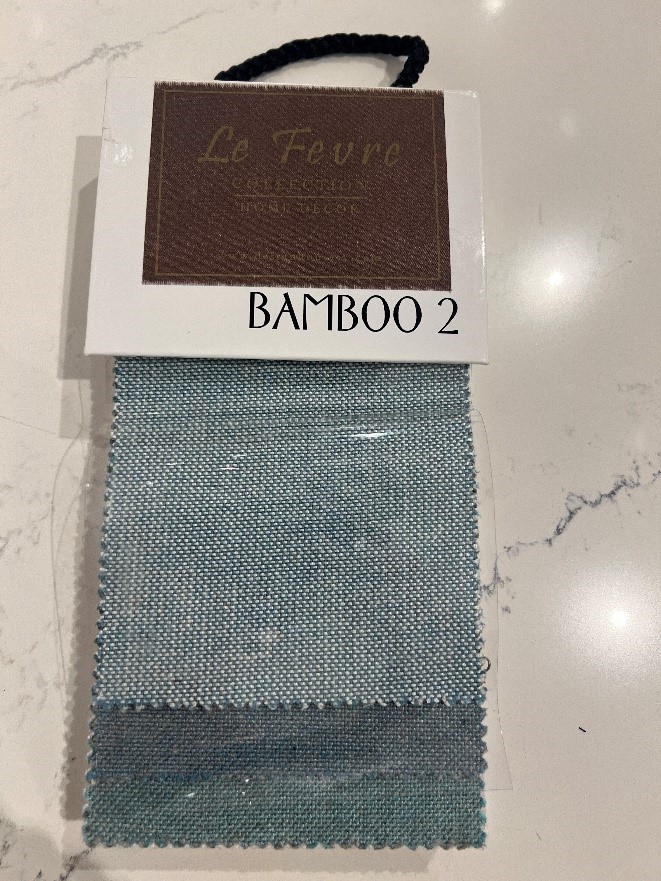
Figure 5 ABOVE: Bamboo flooring available at Design House, Houston, TX. ; RIGHT: Bamboo fabric from the LeFevre collection at Fabric House, Houston, TX.
Rattan
Rattan is a vine-like plant, similar to bamboo, but has a solid woody core unlike bamboo, and is both flexible and extremely sturdy. It is lightweight, durable, strong yet pliable, and paints stains and finishes well for furniture.
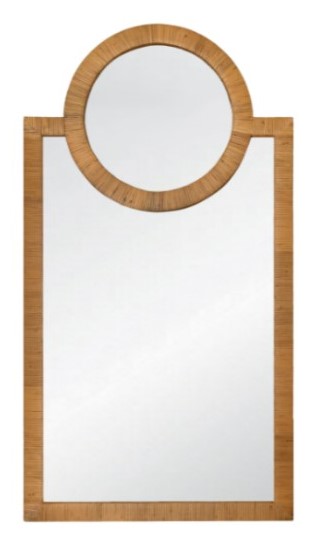

Figure 6 Rattan mirror and bench from Worlds Away. Available at Design House, Houston, TX.
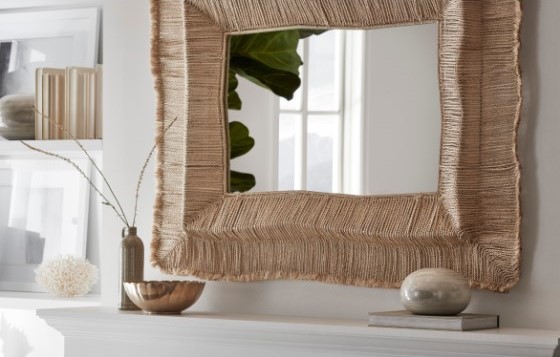
Figure 7 Abaca Mirror frame from Palecek. Available at Design House, Houston, TX.
Abaca
The Abaca plant is related to the banana plant and has a strong stalk with a resilient and rubbery interior. This fiber can be twisted into rope and woven as a decorative element for furnishings. It is sometimes sealed with a topcoat of resin or varnish and illuminated, which reveals natural fiber patterns.
Coconut
Both the shells and the fiber are used from the coconut. Shells can be sanded and polished for accessories and lighting, and the fiber that forms a protective sack-like covering around the fruit as it starts to develop, is a “natural textile” that can be lightened to a silvery-white and laminated in resin to form translucent tiles.
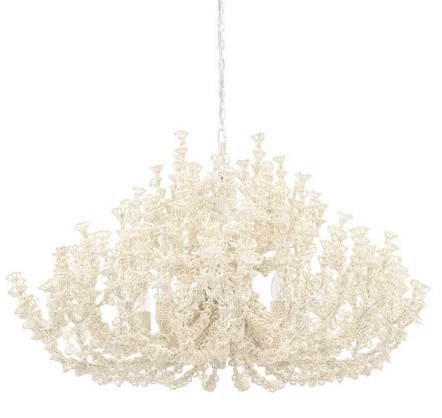
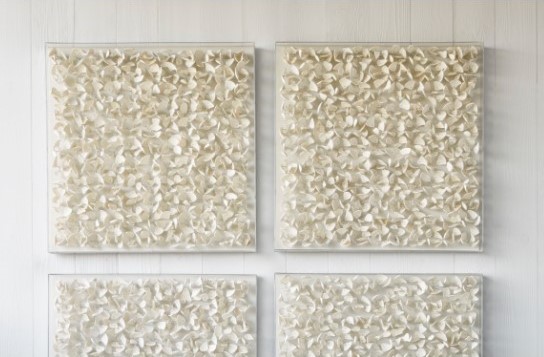
Figure 5 LEFT: Coconut chandelier; RIGHT: Coconut artwork. Both from Palecek and available at Design House, Houston, TX.
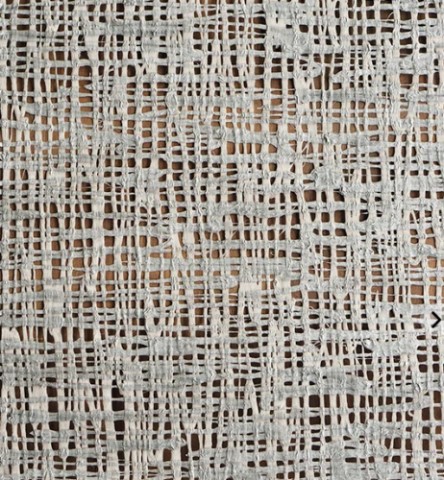
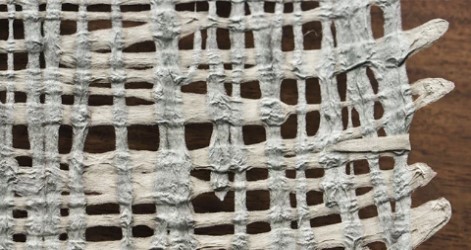
Figure 6 Paper Weave wallpaper. Available at Fabric House, Houston, TX.
Paper Weave
White woven paper strands are laminated on a colored ground, which adds a touch of color without too much saturation while thicker strands are also used and interwoven for organic texture in wallpaper. Traditional Japanese paper making techniques are combined with contemporary earth-conscious materials to create this hand-made art paper. Made of recycled materials such as pineapple and banana fiber, cardboard, newspaper, sawdust and fast-growing sustainable resources such as jute, grasses and mulberry. The trendy natural textures and patterns do not disappoint.
Cork
Harvested from the bark of cork oak trees, it is renewable since the tree continues to grow after the bark is removed, which can be done every nine years. It is fire retardant, has soundproofing capabilities and anti-allergen characteristics. It is used for wall coverings and furniture, is lightweight, waterproof, and resistant to wear.
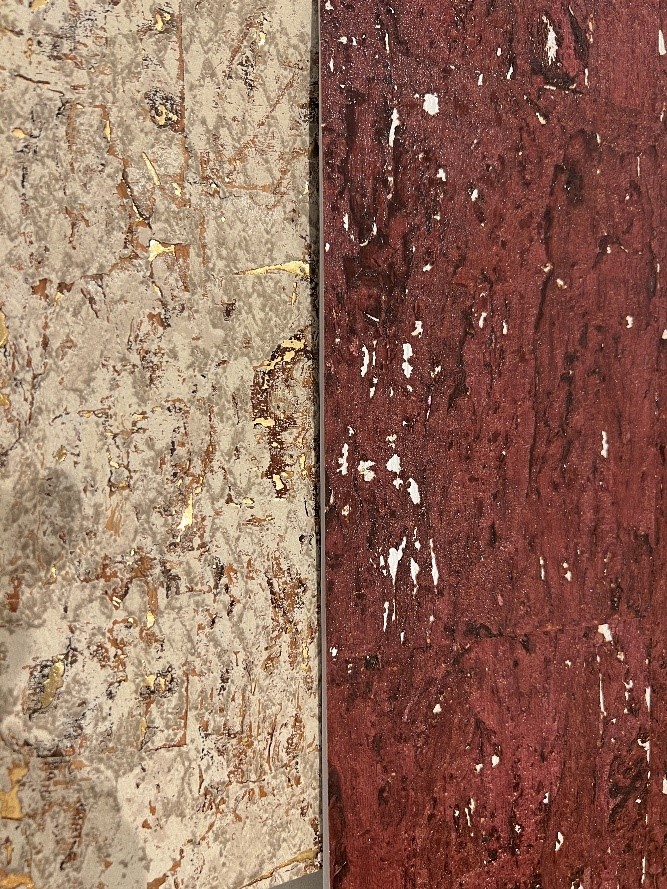
Figure 7 Cork wallpaper from Arte. Available at Fabric House, Houston, TX.
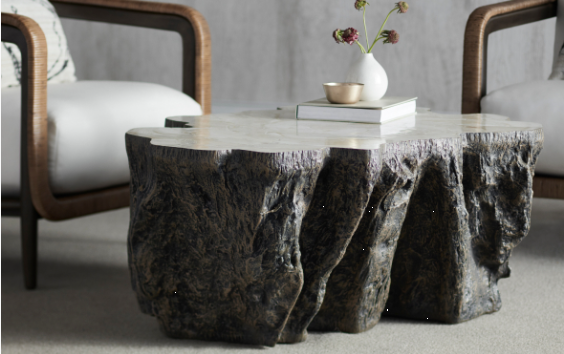
Figure 8 Fossilized clam table top with dark base from Palecek. Also comes in light version and side and coffee tables. Available at Design House, Houston, TX.
Fossilized Clam
Fossilized clams are not found in oceans, but high in the mountains where they have remained since those regions were underwater millions of years ago. They are sliced to reveal beautiful patterns and colors, which can be pieced together and laminated like mosaic with distinctive elegance and appeal.
Leather Alternatives
Vegan leathers are crafted from a variety of materials like fruit waste and mushrooms. Pinatex leather made from pineapple waste is about 30% cheaper than animal leathers, light weight, has good tensile strength and is cruelty free and easy to clean. But this is why you need to understand the product – it has a low threshold for heat and fire, however it’s cheaper and more environmentally friendly. Mylo leather is made from mycelium, the root structure of mushrooms, without the planetary impact of raising livestock. While cows require many resources and years to produce, mycelium used to make mylo is grown in less than two weeks with vertical farming powered by 100% renewable energy.

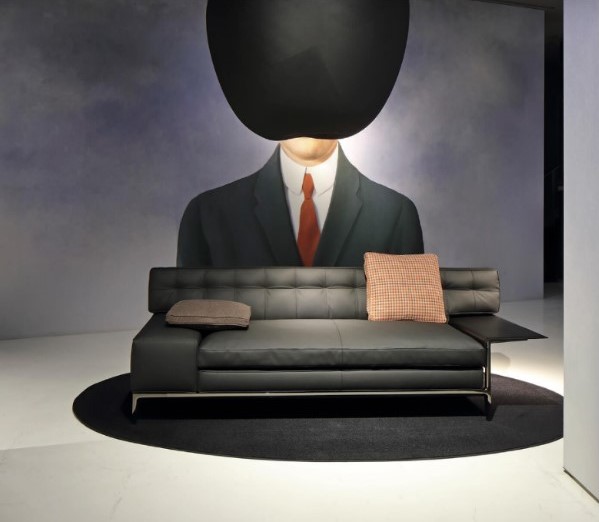
Figure 9 LEFT: Pinatex faux leather headboard made from pineapple leaves; RIGHT: Phillipe Starck’s design made from apple core and peel. Available at Fabric House, Houston, TX.
Looking Glass To Mirrors To Selfies
What must it have been like to not be able to see yourself, except perhaps by a reflection in a pool of still water, and practically standing on your head to do that? Were we more focused on life and relationships without vanity then? We’ve come a long way from that...
The Five “R” Resolutions For The New Year
The 5 "R" ResolutionsAre you taking down those Christmas decorations and your space is looking a little bare, boring, or just uninspired? Maybe it is not functioning that well for you either. You need an enjoyment return on your home investment. Consider one or...
To Market, To Market, Again…
What is trending right now?I continue to be asked about trends when I return from the market. Although most of you know I always say “trend” lightly, but after covering so many miles of different showrooms, and taking thousands of photos, I certainly will share what I...

